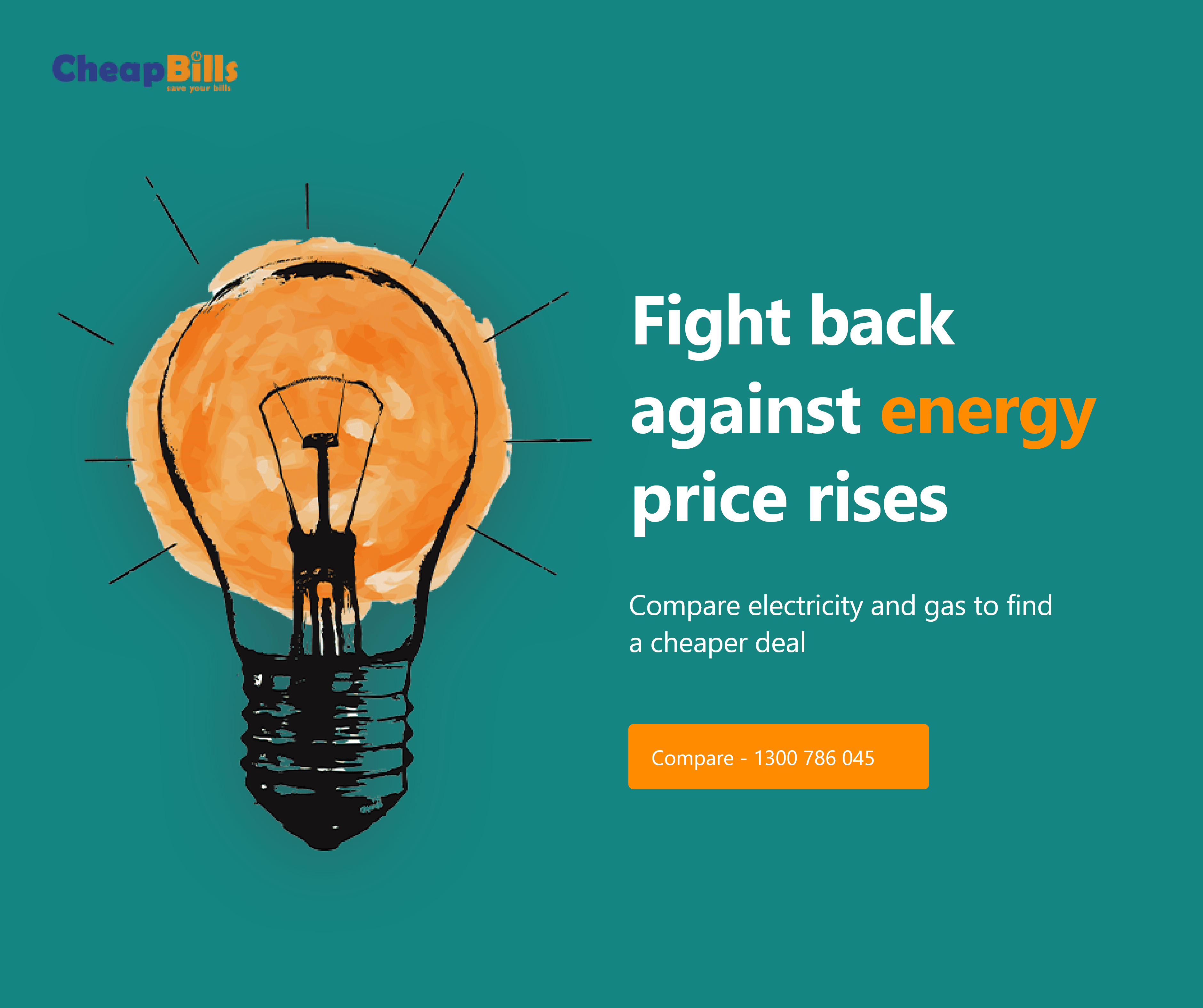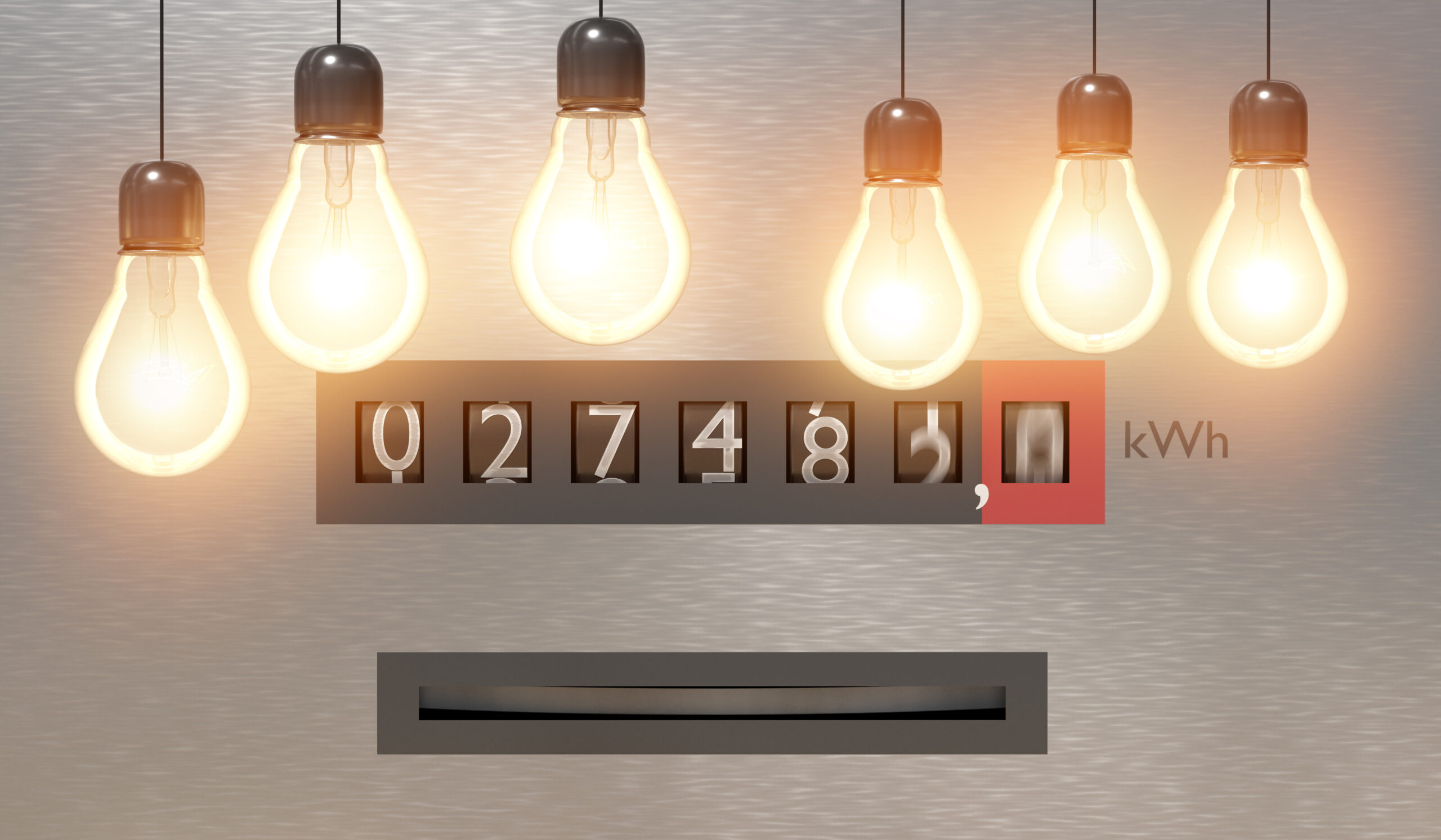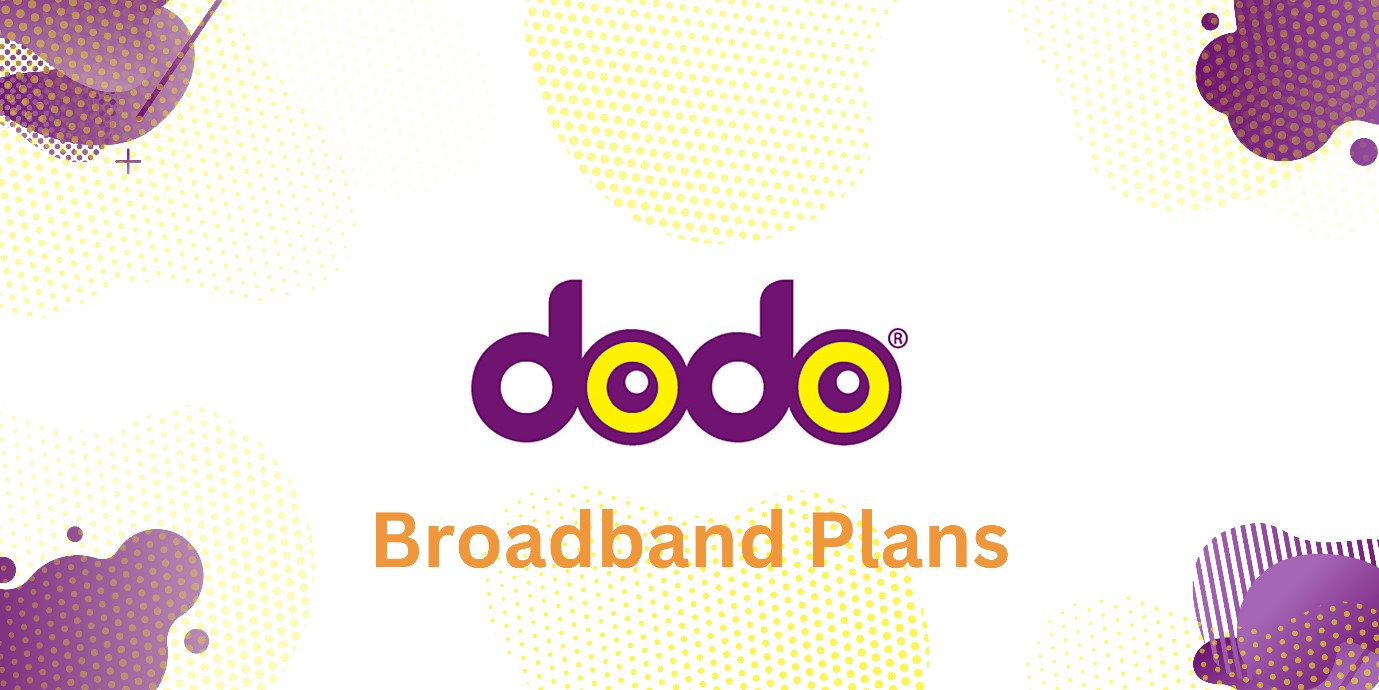There’s a reason Queensland is known as the Sunshine State. With 300 days of sunshine each year for 8 to 9 hours per day, it’s the perfect environment for solar power.
Generating solar power in your home is a great way to not only reduce your carbon footprint but also make some huge savings on your power bill.
In this comprehensive guide, let’s explore the best solar feed-in tariffs in QLD, key factors to consider, and introduce the top solar providers for 2023.
Table of content
- Understanding Solar Feed In Tariffs QLD
- Minimum Feed-In Tariff
- Maximum Feed-In Tariff
- How Does A Solar Feed-In Tariff Work?
- Best Solar Plans in QLD 2023
- Best Solar Feed In Tariff QLD 2023
- Why Should You Go for Solar?
- Maximize Maximise Your Solar Investment
- Wrap Up
Understanding Solar Feed In Tariffs QLD

Embracing solar energy while living in Queensland is an open-arm opportunity that allows you to meet your daily needs, and your wallet breathes a sigh of relief. Understanding the fundamentals of feed-in tariffs is your first step in moving towards this milestone. From the nitty-gritty details to explaining what FTs are, the most important thing is to understand the maximum and minimum rates of feed-in tariffs in QLD. Also, understand its financial mechanism and operability.
-
Minimum Solar Feed In Tariff QLD
A minimum feed-in tariff is the lowest rate of energy that an energy retailer is legally obligated to pay solar panel owners for the surplus electricity they generate. Acting as a baseline, the minimum FiTs are typically set by government regulations or energy regulatory authorities, providing a guaranteed rate for solar system owners.
-
Maximum Solar Feed In Tariff QLD
The maximum feed-in tariff represents the highest rate of energy that energy retailers pay to solar energy producers for the excess electricity they feed back to the grid. This rate is determined by market factors, including supply and demand dynamics.
Understanding the solar feed-in tariff QLD is essential; it dictates how much you earn for the excess energy your solar panels generate.
How Does A Solar Feed-In Tariff Work?

If you are considering solar energy, then understanding how the solar feed-in tariff works is crucial – it directly affects your potential earnings and overall financial benefits.
In essence, solar feed in tariffs QLD are the rate per kWh that your electricity provider pays you for any solar energy you generate and do not use. The excess energy you produce is fed back into the grid to be distributed in the National Electricity Market (NEM).
This process happens automatically, and your utility meter tracks the excess amount of electricity you have contributed. The utility company calculates your payment based on the excess electricity you’ve supplied to the grid. This calculation is done at the agreed-upon Feed-In Tariff rate, which is the rate per kilowatt-hour (kWh) that the utility company pays you for the surplus electricity.
Depending on your electricity provider, the payment is typically provided as a credit on your electricity bill or as a separate payment. There are also government incentives to enhance your financial benefits. Queensland’s commitment to sustainability shines through its Solar Rebate QLD scheme, offering generous incentives to homeowners who embrace solar energy solutions, making the transition to clean energy a financially viable choice.
The Best Solar Plans in QLD 2023: Your Go-To Local Options
With a grasp of how feed-in tariffs work, it’s time to explore the top players in Queensland offering the best solar plan for 2023. This will help you to make informed decisions tailored to your specific needs.
|
Retailer |
Minimum FiT (c/kWh) |
Maximum FiT (c/kWh) |
| Energy Australia | 6.60c | 15.00c |
| AGL | 5.00c | 15.00c |
| Origin Energy | 2.00c | 12.00c |
| GloBird | 5.00c | 11.00c |
| Energy Locals | 10.70c | 10.70c |
| Alinta Energy | 8.00c | 8.00c |
| Simply Energy | 7.00c | 7.00 |
| OVO Energy | 0.00c | 7.00c |
| Sumo Energy | 6.00c | 6.00c |
| Dodo | 5.00c | 5.00c |
Best Solar Feed In Tariff QLD 2023: The Local FiTs That Fit Your Needs
Boasting a large number of competitive plans and offering enticing FiTs, choosing the right plan always goes beyond just the highest rate. If you’re in Queensland, don’t miss out on the amazing benefits of the solar rebate QLD, which makes solar energy more affordable than ever.
Red Energy
Standing out from the rest, Red Energy offers a Red Solar Saver plan to the homeowners and businesses of Queensland alike. Featuring variable rates, this plan comes with a high solar feed-in tariff of 16 cents per kWh making this an exciting offer for solar owners in Queensland.
Energy Australia
The Energy Australia solar feed in tariff QLD, in the Solar Max plan offers a variable rate and an FiT of 15 c/kWh. With a $0 exit fee and no lock-in contracts, Energy Australia offers competitive energy rates. It is a great plan to opt for the high feed-in tariff.
AGL
The Solar Saver plan by AGL is yet another competitive feed-in tariff. Featuring a variable rate plan, a $0 exit fee, and a no lock-in contract, this plan is ideal to achieve a high feed-in tariff.
We have summarised these energy providers by plans and their respective feed-in tariff rates in the table below.
The Top Three Solar Feed-in Energy Providers in QLD for 2023
| Rank | Energy Provider | Plan Name | Feed-In Tariff (FiT) | Additional features |
| 1st | Red Energy | Red Solar Saver | 16c/kWh | Variable rates, High FiT |
| 2nd | Energy Australia | Solar Max | 15c/kWh | $0 exit fees, No lock-in contract |
| 3rd | AGL | Solar Saver | 15c/kWh | Variable rate, Zero exit fees, No lock-in |
Why Should You Go for Solar?
Queensland is blessed with an abundance of sunshine throughout the year. With more sunny days than any other state in Australia, harnessing solar power in Queensland is highly effective and reliable. Here’s some of the benefits of going solar in Queensland:
- Use natural resources, i.e., the, Queensland sun, to significantly reduce your dependence on conventional electricity.
- Opting for solar energy also reduces your carbon footprint. Solar energy systems that produce no greenhouse gases are a sustainable choice for the eco-conscious.
- Queensland government offers various incentives and QLD solar rebates to encourage the adoption of solar energy.
- The installation of solar panels is a substantial long-term saving on your electricity bills that reduces your reliance on the grid.
- Through feed-in tariff programmes, you can earn credits by selling your excess electricity back to the grid.
- Solar energy provides a degree of energy independence while increasing your property value in the real estate market.
Maximise Your Solar Investment

- Optimise Energy Consumption: optimise your energy consumption by analysing your usage patterns and adjusting accordingly. Align your use of high-energy appliances with peak sunlight hours during the day when your solar panels are generating the most power.
- Regular Maintenance: Ensure your solar panels are well maintained and clean from dust and debris. This ensures maximum sunlight absorption.
- Energy-Efficient Appliances: invest in energy-efficient appliances and lighting. Use LED-bulbs and energy-efficient appliances with smart home technology that consumes less electricity and allows you to make the most of your solar-generated power.
- Battery Storage Systems: use a battery storage system that stores excess energy generated during the day for use during the night. It maximises your energy independence and ensures a stable power supply.
- Government Rebates and Incentives: Make sure to have a closer look at the latest government rebates and incentives. Take advantage of programmes that offer financial support for upgrading your solar system. The QLD solar rebate programme encourages homeowners to embrace renewable energy, offering financial incentives for installing solar panels.
Wrap Up
As we draw the curtains on this exploration of the best feed in tariff QLD 2023, it’s evident that Queenslanders are perfectly placed to take advantage of solar energy. With long sunny days, the Queensland solar rebate and a wide range of electricity providers offering solar feed in tariffs, solar power has never been more accessible. If you’d like to reduce your carbon footprint and save on your energy bills, get in touch for expert advice on how to get started.









